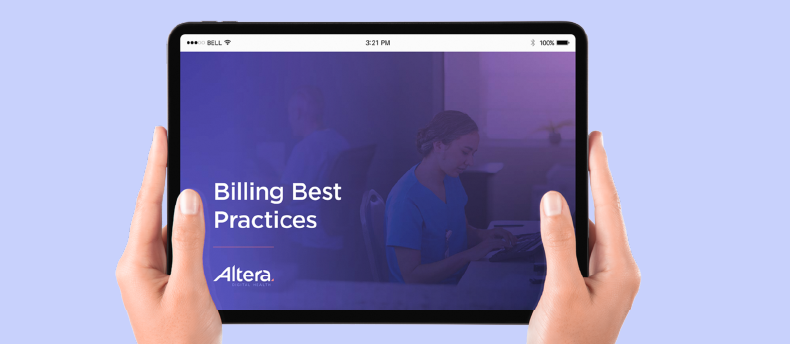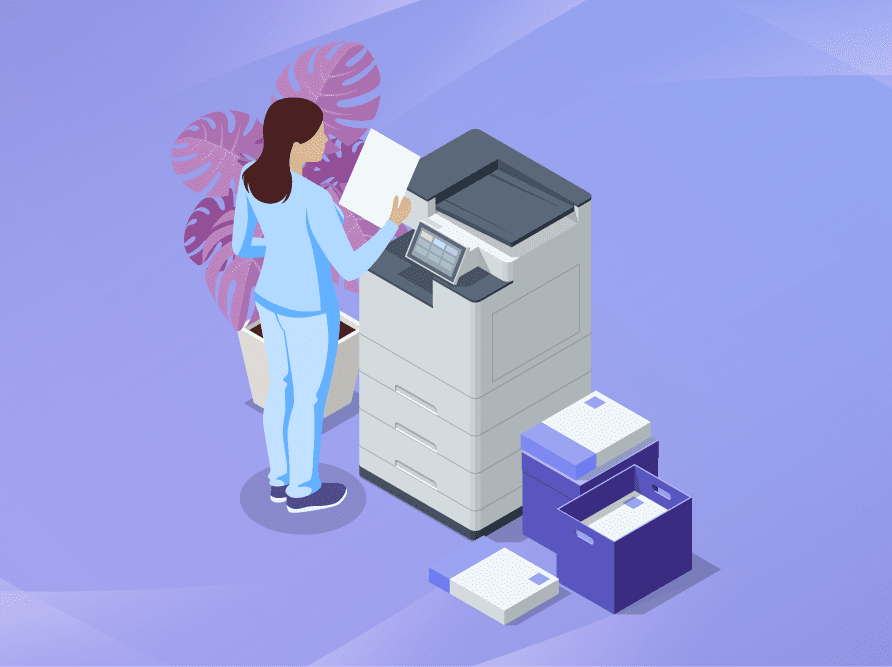FREE EBOOK
Reshape healthcare: Six billing practices to optimize your organization
For clinicians, the benefits of iRAD includes access to reliable health information through a simple and intuitive system that aids informed clinical decision-making. iRAD also reduces the administrative burden by saving time and limiting duplication.
iRAD is a welcomed change for patients, who no longer have to explain their health issues to multiple clinicians or have duplicate tests undertaken unnecessarily. Patients can also rest assured that their privacy is respected and safeguarded through the secure hosting of patient information in the cloud through Microsoft Azure. Easier access to information also means that patients with low health literacy or language barriers also benefit.
The pilot phase of the iRAD project, which successfully concluded in mid-2020, included a number of innovative general practices and an after-hours service.
iRAD in Practice - enabling the My Care Partners Program
My Care Partners (MCP) is an innovative new program for general practices in South Western Sydney. Eligible general practices joining MCP become part of a medical neighbourhood, providing enhanced care to patients with chronic and complex conditions who are at risk of frequent hospitalisations.
MCP aims to:
- Improve coordination between the patients' medical home (their regular general practice), primary and community services and acute care
- Improve outcomes for patients with complex and chronic conditions who are at risk of potentially preventable hospitalisations
- Improve the patient and provider experience by encouraging continuity of care and team-based care to reduce the risk of omission or duplication of services
My Care Partners was co-designed by South Western Sydney PHN (SWSPHN), South Western Sydney Local Health District (SWSLHD) and members of the community.
The program is delivered jointly between care coordinators at SWSLHD, care enablers at SWSPHN and a consented-patient's care team at their participating general practice.
When doctors, care enablers and clinical staff can more readily access patient information, they are able to deliver a higher standard of care. Care coordinators and care enablers have reported the following benefits of iRAD:
- Increased efficiency
- Access to GP information that completes a better picture of hospital information
- Fast access to care plan
- Ability to view the Covid-19 vaccination status for upcoming appointments
- Ability to see baseline vital sign results and current appointment vital signs results (e.g., blood pressure)
- Ability to see the entire care team, not just the GP who has referred the patient to MCP
Likewise, when patients understand the benefits that consent brings, they are more likely to encourage others to share their information in the interests of producing better health outcomes in the community. The following table highlights some examples of how iRAD has contributed to better patient care and health outcomes.
Wound Management-A patient attended a GP practice and the GP saved wound images to the medical record. The hospital care enabler was able to view the images and support care accordingly.
Fast-Tracking Delivery of Medicine-A patient presented to an Emergency Department and was admitted to ICU with urinary sepsis. The LHD care enabler was able to view the iRAD record and identify that the patient had attended the GP two days prior for a Urinary Tract Infection. From the clinical information and the pathology results available in iRAD, the care enabler could provide the pathology result from two days prior to the ICU team. This fast-tracked the ICU team's ability to identify the correct antibiotic and begin treatment immediately. Prior to iRAD, the hospital team would have needed to wait up to 24 hours for the Urinary Tract Infection sensitivity results. iRAD supported the fast delivery of the required care to the patient.
Better Patient Care-During a conversation with a patient, a care enabler identified that the patient had Covid-19 symptoms. Access to iRAD provided the care enablers with information to understand the patient was immobile and had no access to transport. The care enablers were able to quickly arrange mobile Covid-19 testing by the LHD through a home-testing team. iRAD Information helps care enablers prompt the patients for follow-up actions. For example, if they note that a GP has prescribed tablets, they can follow up to ensure the patient has been taking them. Likewise, care enablers can confirm that scheduled appointments with, for example, a podiatrist, have been arranged as requested by a GP.
iRAD's Growth and Development
iRAD continues to expand with the intention of becoming the primary care Health Information Exchange (HIE) solution for Australia. By the end of August 2023, SWSPHN had rolled out iRAD to more than 100 compatible sites, including general practices, after-hours clinics and specialists. More than 20,000 patients have consented to their health information being shared across the iRAD ecosystem of providers. As iRAD continues to scale and expand in 2023, the team embarks on benefits realisation, informed by focused and impactful use cases
Related Insights













